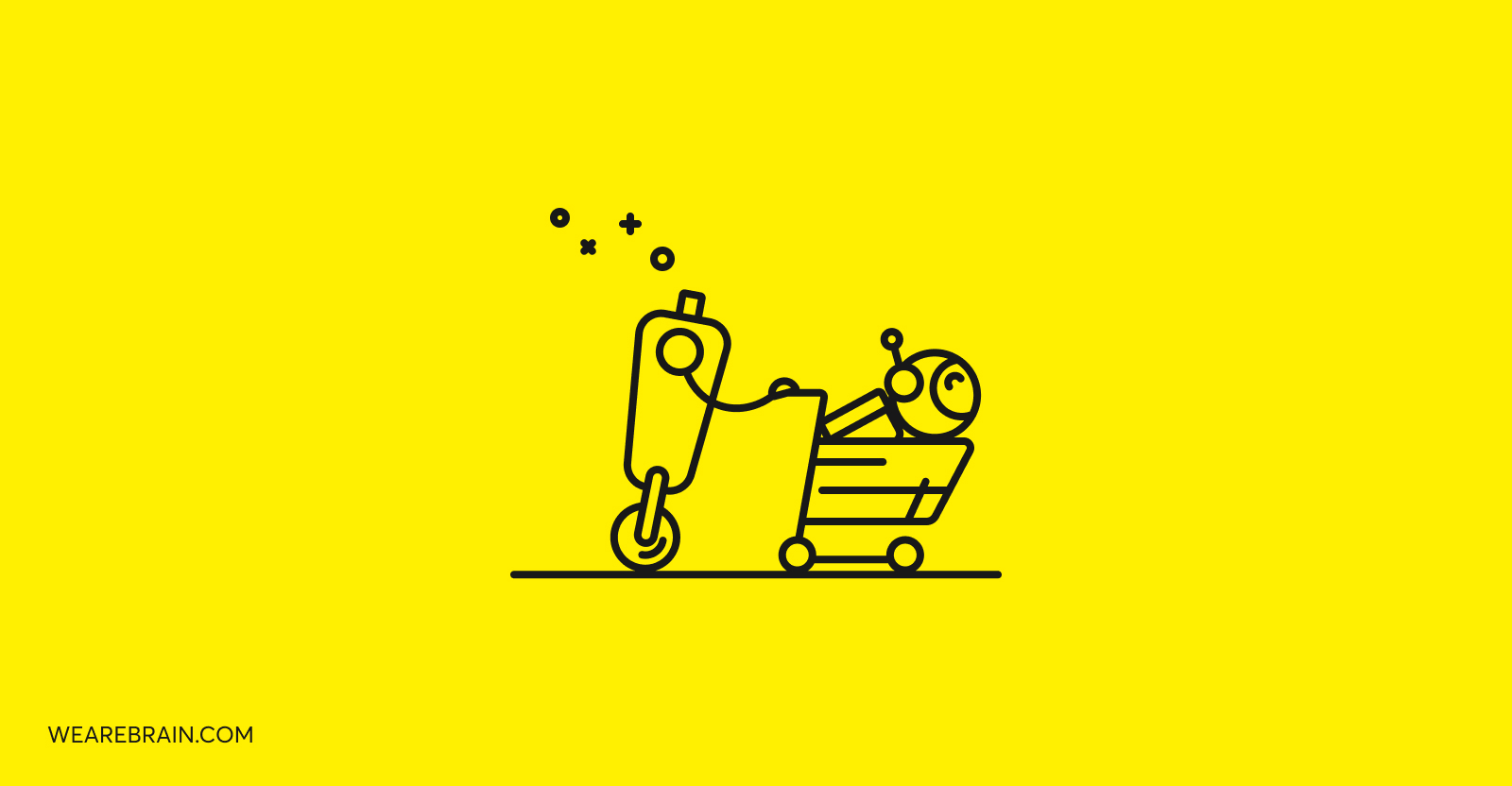Headless architecture: How to remain relevant in a technology-driven e-commerce landscape

If you are thinking about starting your own e-commerce business, you will find this guide very useful: How to start your e-commerce business from scratch.
In today’s always-on digital world, consumers are steadily getting more used to being able to browse, shop, and purchase items using multiple devices and channels. Thus, the quest for robust and scalable multichannel content publishing is rising rapidly to meet the demands of consumers. Gone are the days where you can purchase from only one source: we now live in a world where sales opportunities are screaming for our attention at every digital touchpoint.
Thanks to the dramatic rise of new touchpoints such as IoT and progressive web apps, consumers have come to expect ease of access for more seamless shopping experiences. Traditional monolithic CMS e-commerce platforms are struggling to keep up with the torrent of consumer demands. So, for businesses wanting to tap into a wider scope of sales channels to meet the growing needs of consumers, the solution is simple: headless architecture.
What is headless architecture?
To a non-tech nerd, the concept of headless architecture can be a little confusing, so we will try our best to break it down into more palatable portions. Quite simply, headless architecture aims to publish digital content (make it available) across a wide variety of channels and platforms in the most efficient way possible, without a front-end layer. This includes publishing content to channels such as websites, IoT devices, apps, and even smartwatches and VR devices. A headless CMS only deals with the backend content management system built as a content warehouse, storing raw content that is accessible via a RESTful API to be displayed on any device.
Why the need for such complexity? Because headless architecture is the only way to meet the dynamic demands of today’s savvy consumers who require different systems offering different functionalities to fulfil different purposes. This is only achieved when all channels operate in collaboration with each other to provide a seamless experience for users across multiple devices and platforms.
How does it work?
To understand how a headless CMS works, we first need to understand what the functions of the “head” are. The “head” refers to the front-end (the website) that is generated by the CMS and is coupled tightly to the backend. This has been the traditional CMS way of doing things for many years. But this process severely lacks flexibility, especially when it comes to publishing content across different channels. As our digital landscape sprawls and evolves, so must our ability to reach consumers. With no front-end system dictating stringent rules as to how content is presented, the result is decoupling content creation and content presentation. Through this process, raw content can be published across any device or framework.
A headless CMS uses different tools to both store and manage content, resulting in splitting and sharing responsibilities which are dictated by the end-user application. In turn, each device is able to display the content according to its own specifications, meaning it only needs to be written and published once. However, unlike traditional CMSs, this does not mean that the content cannot be presented an indefinite amount of times by different channels – and this is the beauty of headless architecture. Removing the front-end “head” allows for easier content management across multiple delivery channels.
Benefits
The biggest appeal of headless architecture is that it provides e-commerce businesses with the means to become truly omnichannel: content can be pushed anywhere, anytime – from across all platforms and devices both current and future. Businesses are able to push their products and messaging to any smart device, allowing for increased sales opportunities at every digital touchpoint. Headless CMS APIs allow for seamless integration into new devices, resulting in much further audience reach for e-commerce businesses.
A headless CMS also allows for rapid update deployment without affecting the backend, while also making it easier to execute changes to the front-end to be adaptable to end-user devices. Because headless CMS front-end systems aren’t tightly coupled to the backend, required updates aren’t necessary for the entire system, only the affected portions. This speed of efficiency will allow businesses to get a head-start on their competitors.
Headless CMSs are designed to support new agile technology as and when it is released, which helps marketers design fresh and robust customer experiences across multiple channels. New sites can be built in a matter of days rather than months, so businesses deploying the use of headless architecture can benefit from being the first to the market.
As mentioned, the increased scope to engage with customers across multiple channels boosts their buy-in to your brand. When a consumer is able to browse and purchase products from one business using their phone, car, electronics, and virtual assistant, they don’t feel the need to look around for other businesses offering the same service.
Microservices and headless architecture
The nature of microservices involves breaking down large complex data and activities into smaller, more easily manageable pieces – similar to headless architecture. They can be used as standalone services which can be developed independently and can also be added together to create a complex system.
A headless architecture allows for every component and function to be processed as an individual building unit – a microservice. These microservices work together with headless APIs, providing increased agility, independence, scalability, and improved system performance. Microservice APIs assist in pushing content across multiple channels.
Summary
The proliferation of increasingly sophisticated smart devices has ushered in the need for dynamic multichannel content publishing. Headless architecture is the primary solution in this regard, as it provides optimised and dynamic solutions for e-commerce businesses to produce and manage their content. Not only does it achieve this, but it also ensures a seamless experience across multiple channels.
Jack Myasushkin
Related posts

Omnichannel strategy: Best of both (online & offline) worlds

Look before you buy: The AR & VR home decor revolution

Rewriting retail’s playbook: The rise of direct-to-consumer (DTC) brands

Level up your e-commerce playbook in 2024
Working Machines
An executive’s guide to AI and Intelligent Automation. Working Machines takes a look at how the renewed vigour for the development of Artificial Intelligence and Intelligent Automation technology has begun to change how businesses operate.



